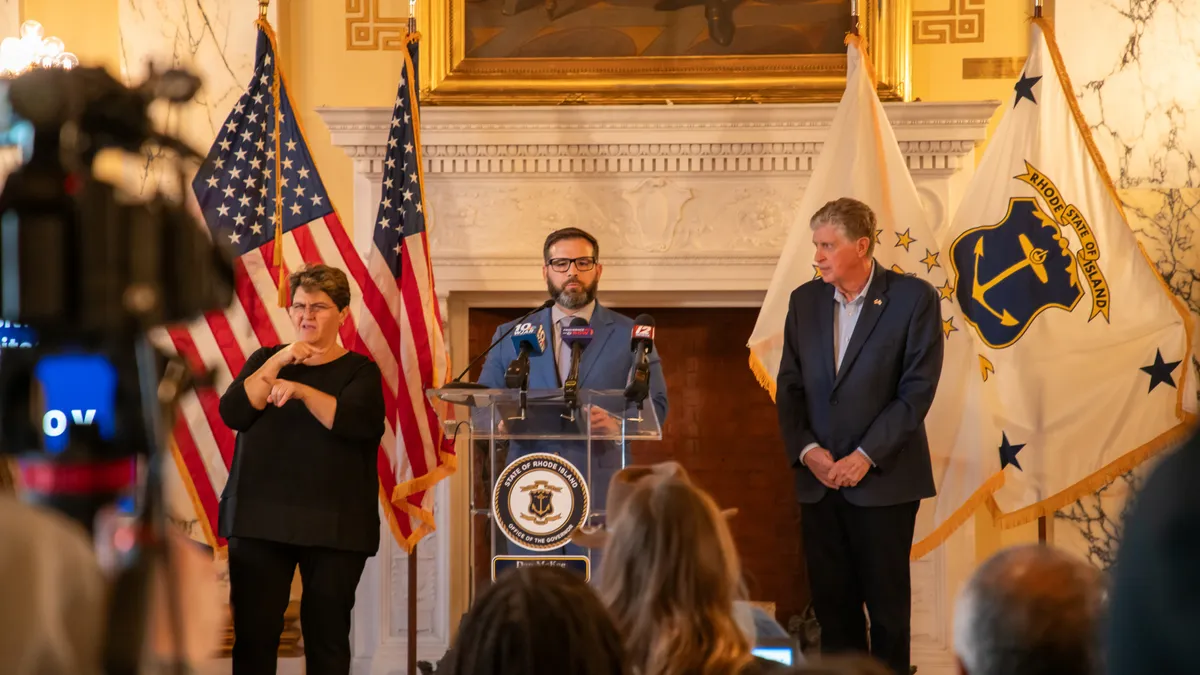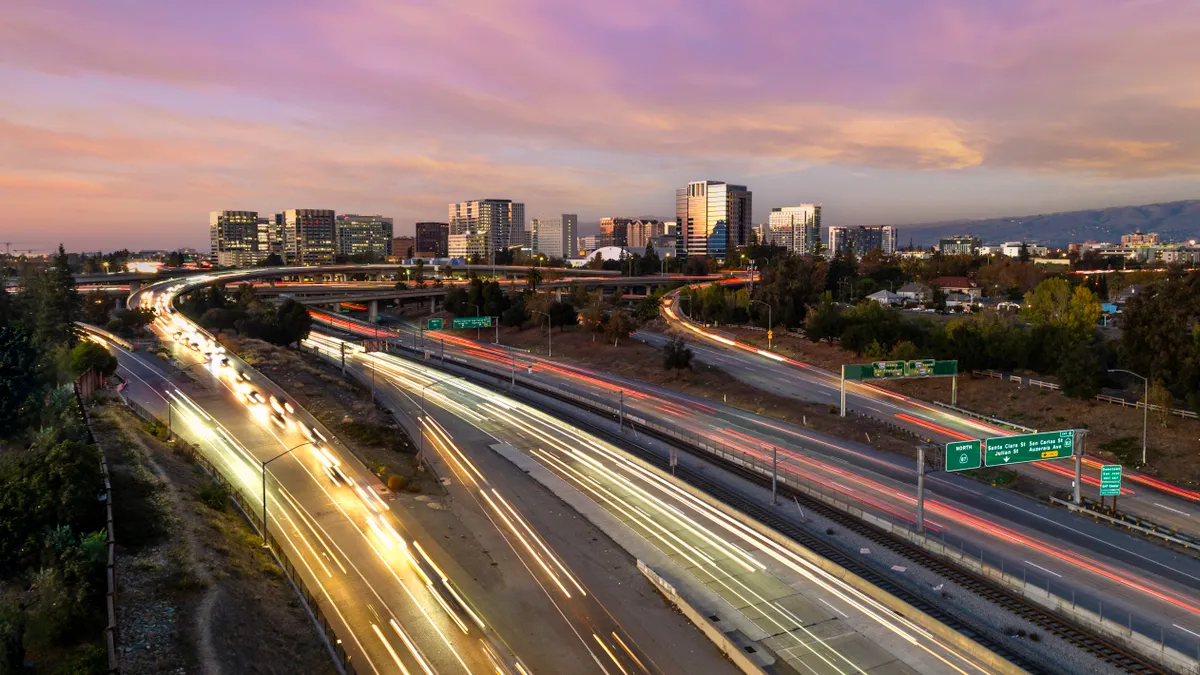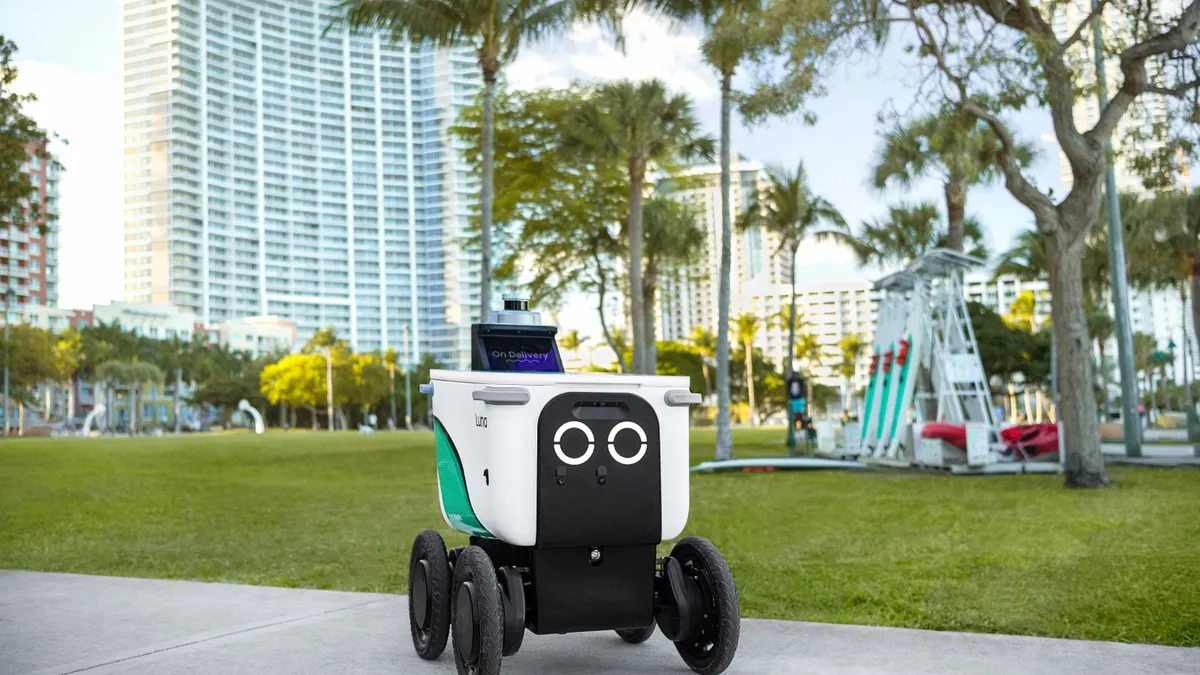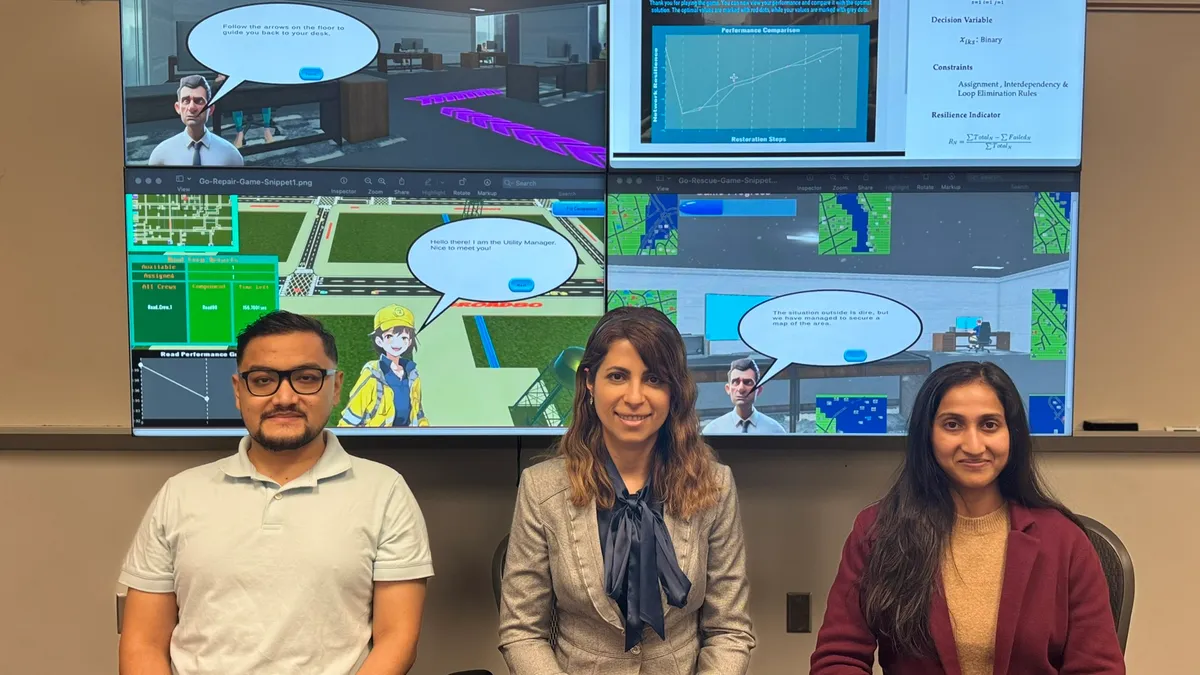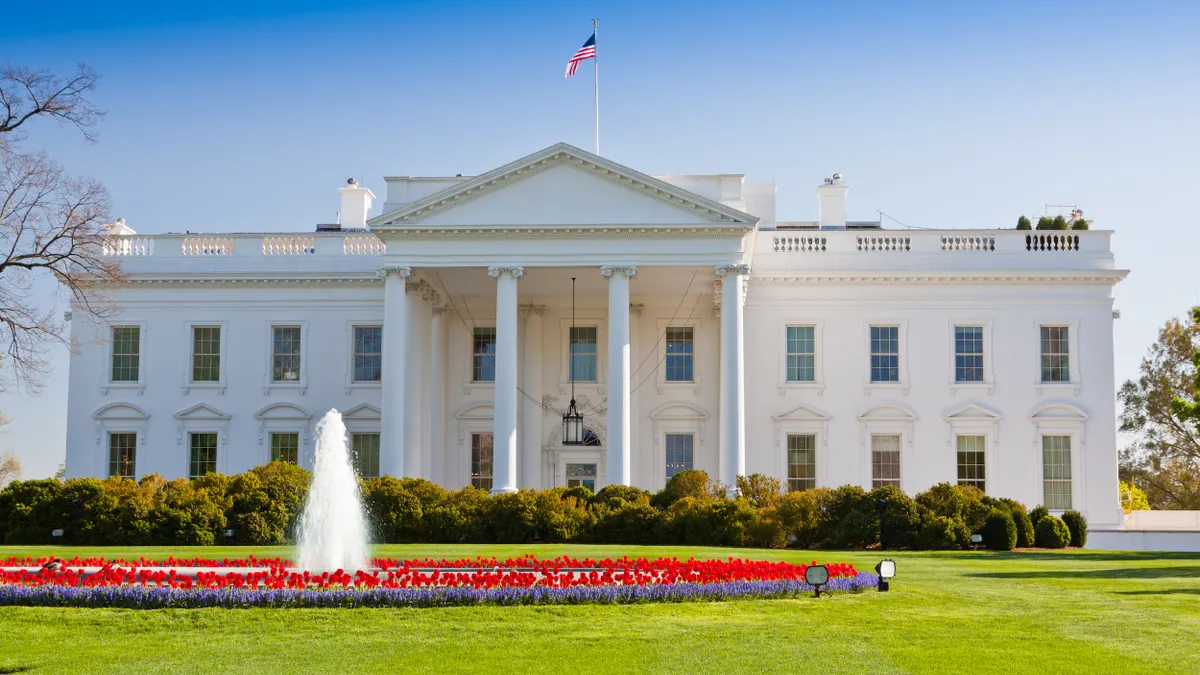Researchers at Cornell University are designing the nation's first statewide internet of things (IoT) network to bridge New York's digital divide.
University faculty received a $1.5 million grant from the National Science Foundation's (NSF) Smart and Connected Communities (S&CC) program for the project, which will implement a public IoT network across each of New York’s 62 counties using low-power wide-area network (LPWAN) technology. The county-by-county deployment is driven by a partnership with the Cornell Cooperative Extension (CCE).
Those involved in the three-year project said they are hopeful the IoT network can help close the digital divide between the state’s urban and rural communities. Max Zhang, an engineering professor and the project’s principal investigator, said the network can also increase efficiencies in sectors like agriculture, building management and traffic monitoring, but getting more people online is the project's major point of emphasis.
"I think that's one area where I think we can make a difference," Zhang said. "If our vision is achieved, no matter where you are, you will have this reliable connection."
The statewide network will build on counties' existing IoT structures, often in place for utilities maintenance and monitoring. CCE's local offices will set up the IoT infrastructure in each county and then connect it to make the network statewide.
CCE will also run experiments and outreach programs to showcase its capabilities. A key factor of this community engagement will be in building trust in IoT technologies among New York residents, Zhang said. Concerns continue to be raised nationally about data privacy and whether the public can embrace the growth in IoT devices or will always find them unsettling.
Zhang said he is hopeful that any mistrust of the public network can be put to rest through these outreach efforts, though he acknowledges it will take time and a cohesive effort among the team's engineers, community partners and social scientists.
"The short answer is, we don't know everything," Zhang said. "[Privacy] is the question we have to figure out, so I think that's the point of the community engagement… If I were to design something [alone] and then we gave it to the community saying, you can use it for free, I don't think they’d take it. If I was on the receiving end, I would be very suspicious."
While New York's elected officials have expressed a willingness to close the state’s digital divide, progress has felt slow at times. In his 2020 State of the State address, Gov. Andrew Cuomo, D, pledged a comprehensive plan to put the state "on a path" to full cellular service coverage, but updates on those efforts have been limited amid the new coronavirus (COVID-19) pandemic.
New York did meet its goals to bolster statewide broadband coverage, however. That effort, first announced in 2015, has brought upgrades for 2.42 million locations statewide, enabling broadband access for 99.9% of New Yorkers.
"The short answer is, we don't know everything."

Max Zhang
Principal Investigator, Cornell University
Experts say there are still areas for improvement, despite New York faring well in broadband activity and investment compared to its peers. New York City still struggles with a yawning digital divide exacerbated by COVID-19, with Mayor Bill de Blasio announcing an acceleration of its Internet Master Plan earlier this year in a bid to connect 600,000 New Yorkers by the end of 2021.
In more rural settings, local coalitions are trying to move things forward. One group, the Finger Lakes Digital Inclusion Coalition, has tried to improve internet access in rural counties around Rochester, NY through creative solutions like lending out a limited number of Wi-Fi hotspots or providing internet access on long bus rides.
Internet availability can be spotty in some areas, so having IoT infrastructure made publicly available could be a better long-term solution, NSF officials said, as it helps reduce the barrier to access.
"I think it'll make a difference," said NSF program manager Linda Bushnell. "You see a lot of S&CC ideas for projects, and you have to say, 'Well, how are the people in rural areas actually going to be able to use that app, or use that new system you're thinking of, because they don't even have Wi-Fi.'"
Experimenting with new technologies to close the digital divide is also a viable option, experts say, as there are always new innovations to be explored. In addition to government-led initiatives like municipally-run internet or fiber deployments, Amazon and others have floated the idea of launching satellites into space to create a global broadband network. 5G rollout has also been floated as a potential solution for the digital divide between rural and urban communities.
"There could be something in the works right now that we just don't know about that would solve the problem or change the paradigm very quickly," said Jennifer Morrissey, a member of the Smart Cities & Connected Communities Initiative and Think Tank at Dentons. "[The] wild card is always going to be the technological breakthrough that we just don't anticipate yet."
While Cornell's IoT network is only focused on New York for now, Zhang said it could possibly be replicated in other states. Researchers intend to come up with an "actionable roadmap" for how that can be done, Zhang said.
S&CC Program Director David Corman said the ability for various grant awardees to share ideas and best practices can help determine whether a project can be replicable.
"In effect we have a cohort that can exchange ideas, talk about challenges they've had, scalability, replication and how can they help various teams address the challenges that are coming up as they go from a great research idea into actual pilot development," Corman said.








